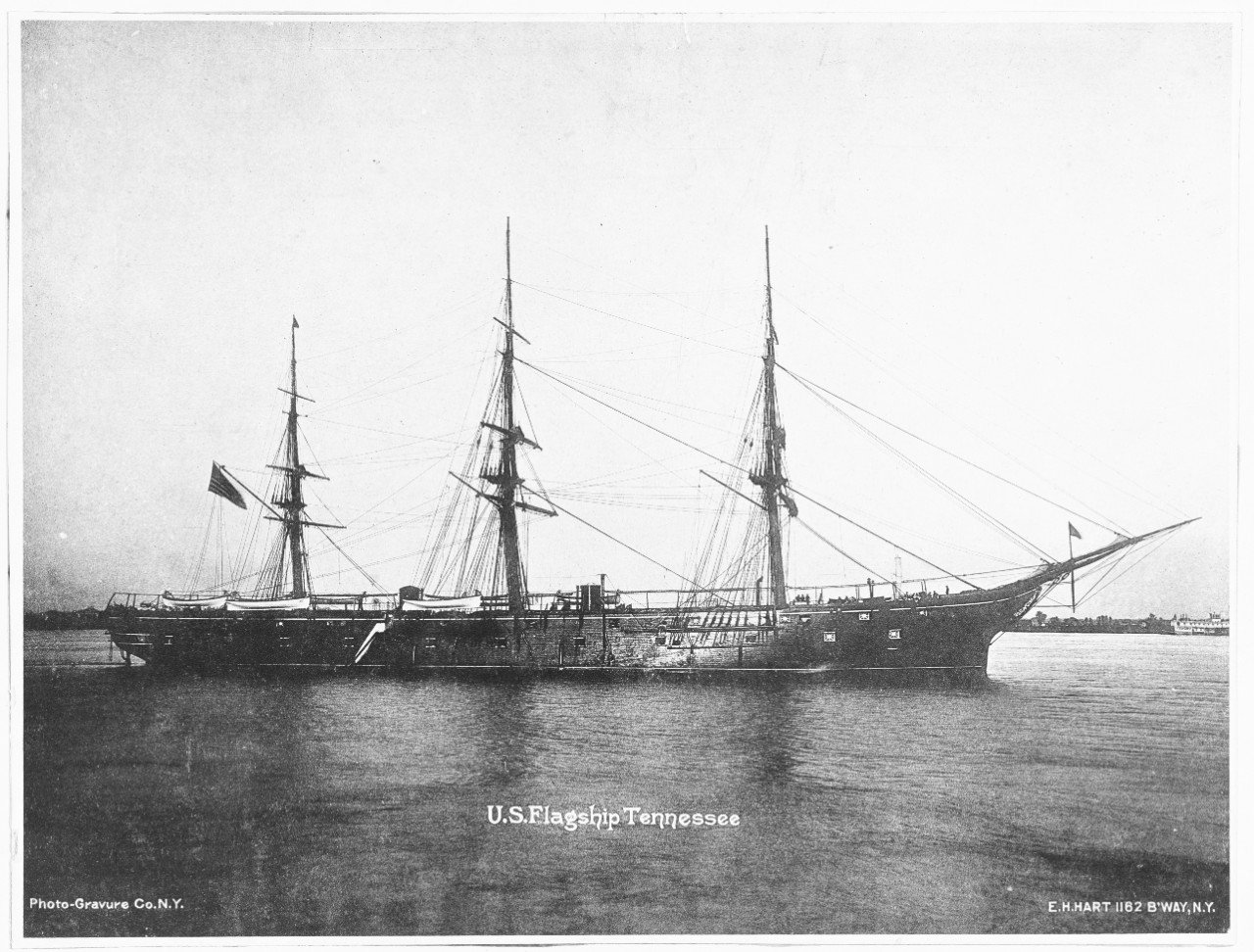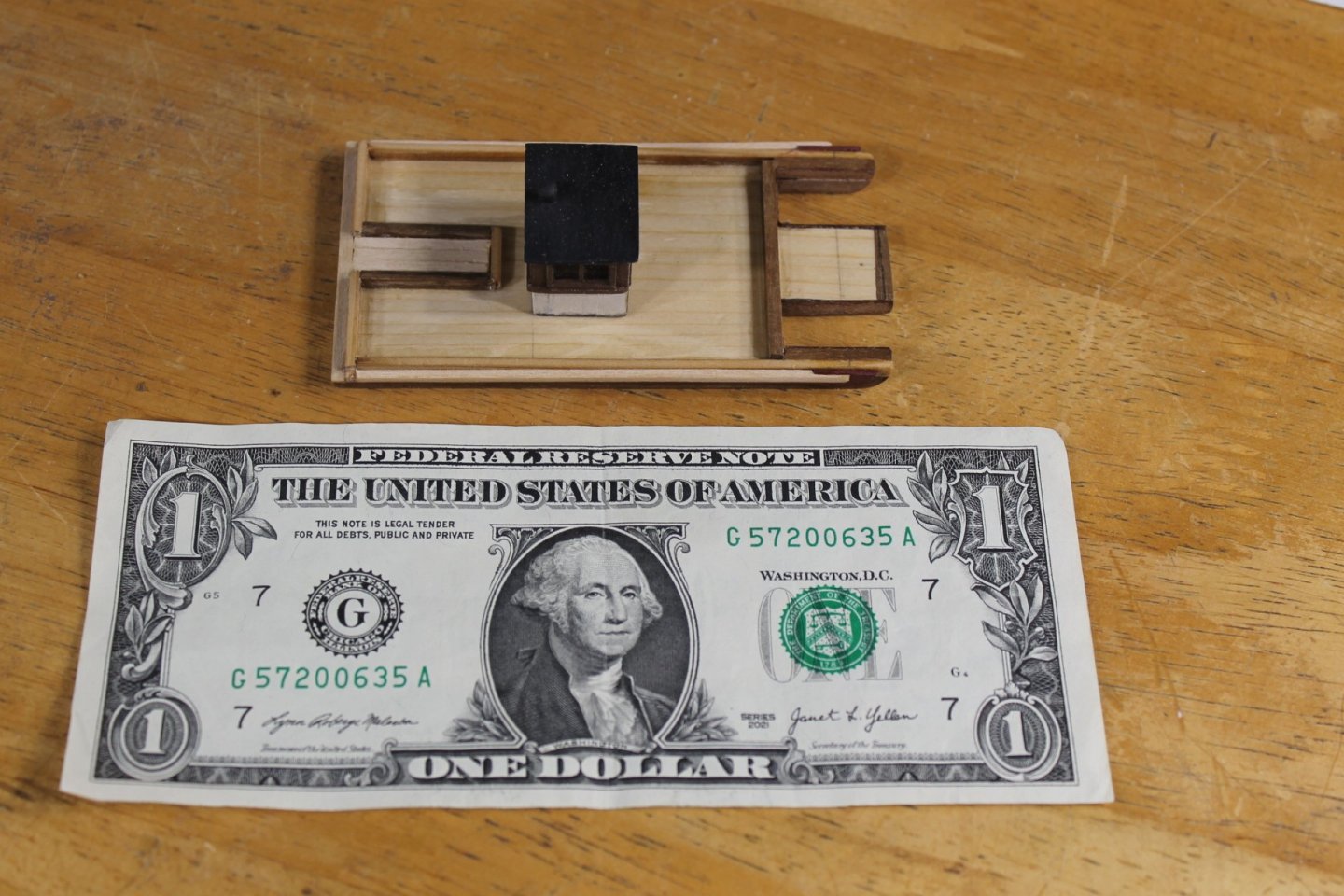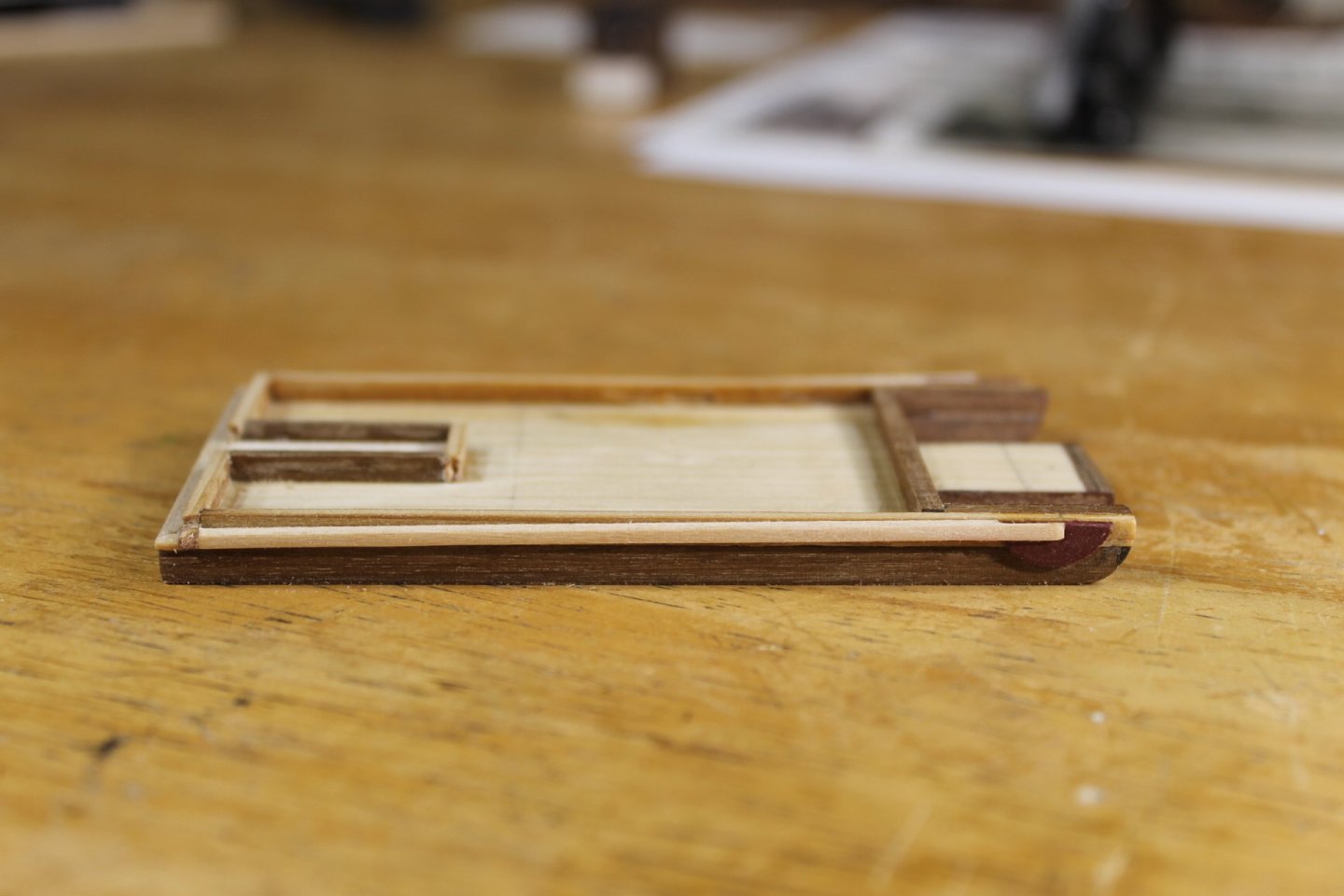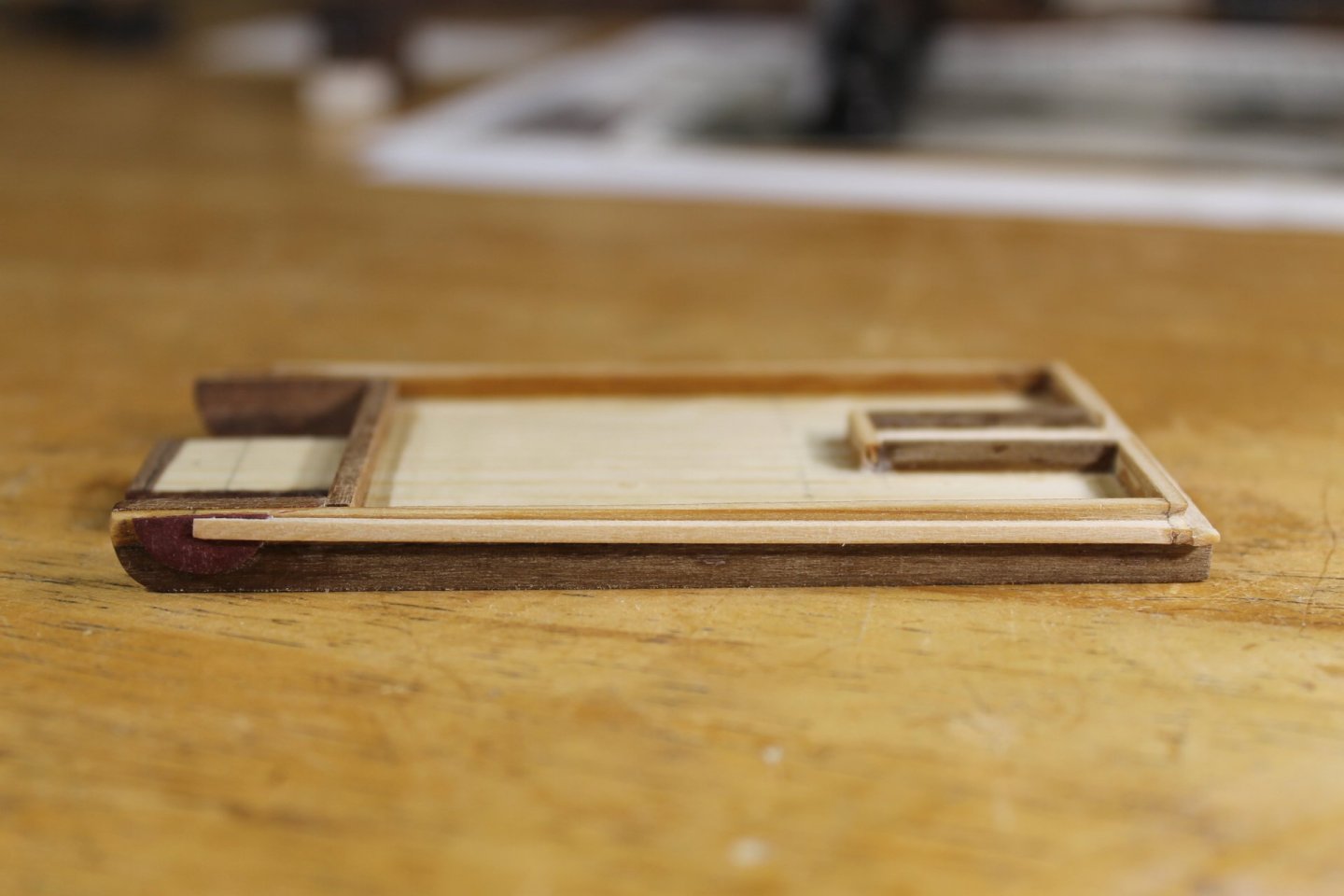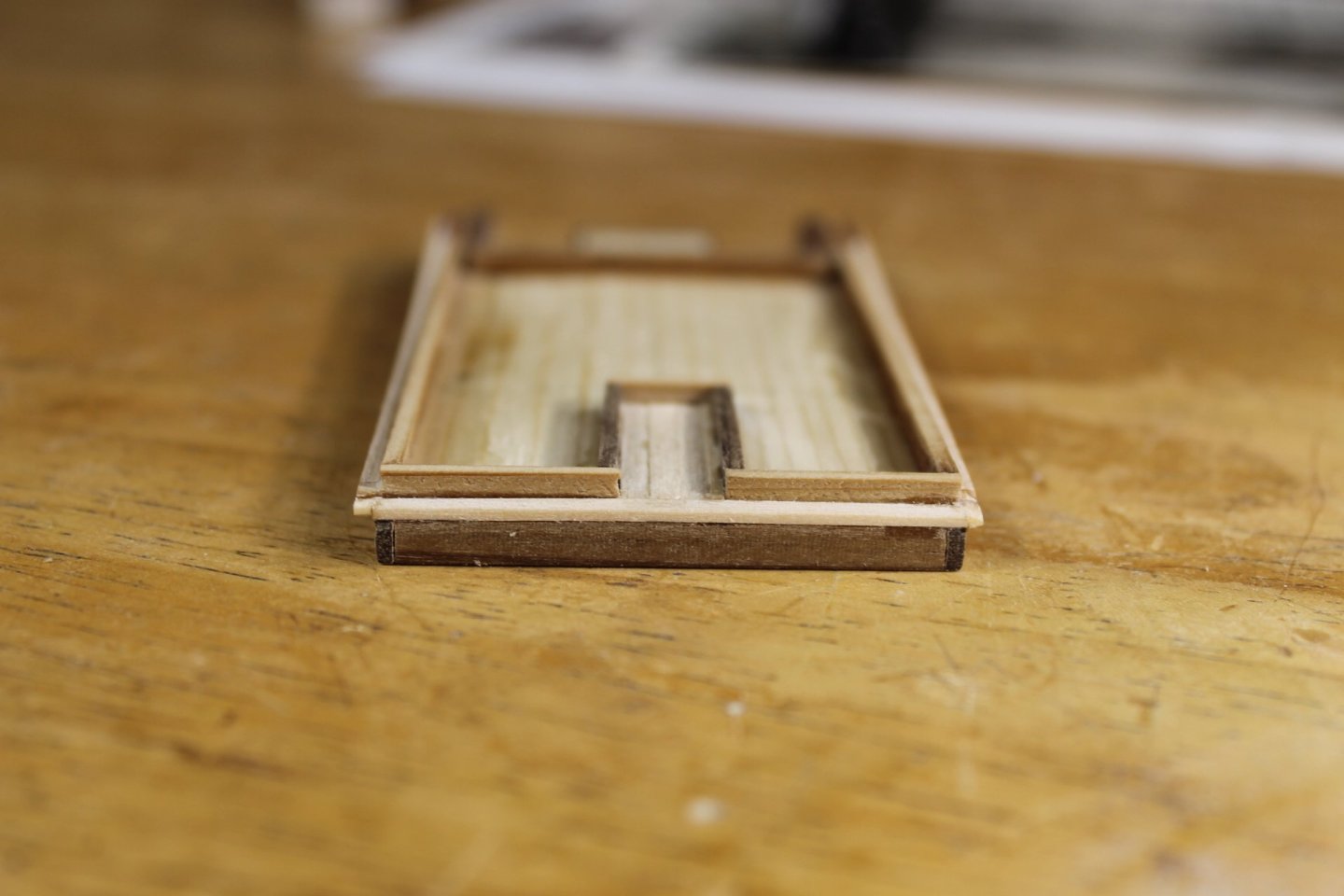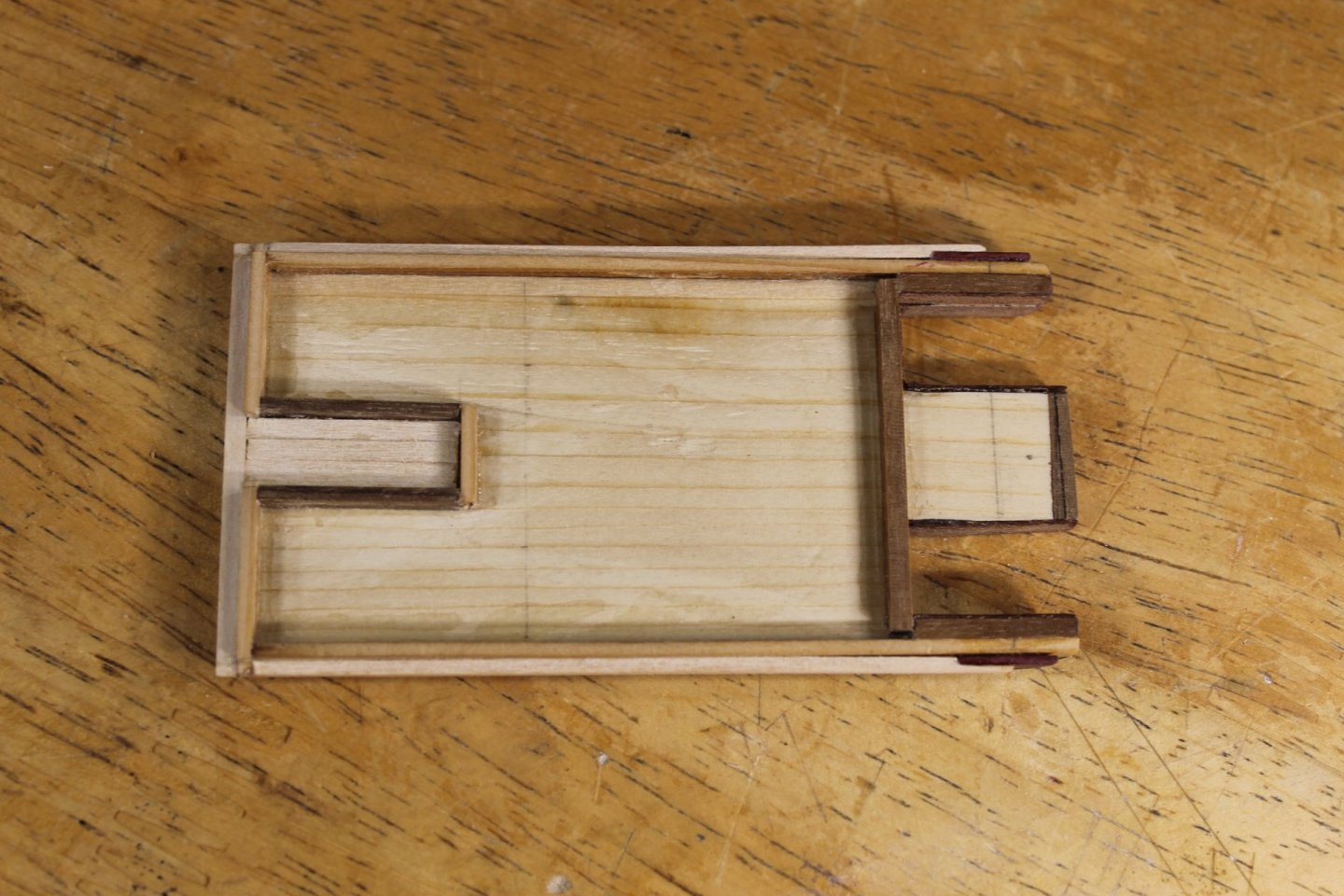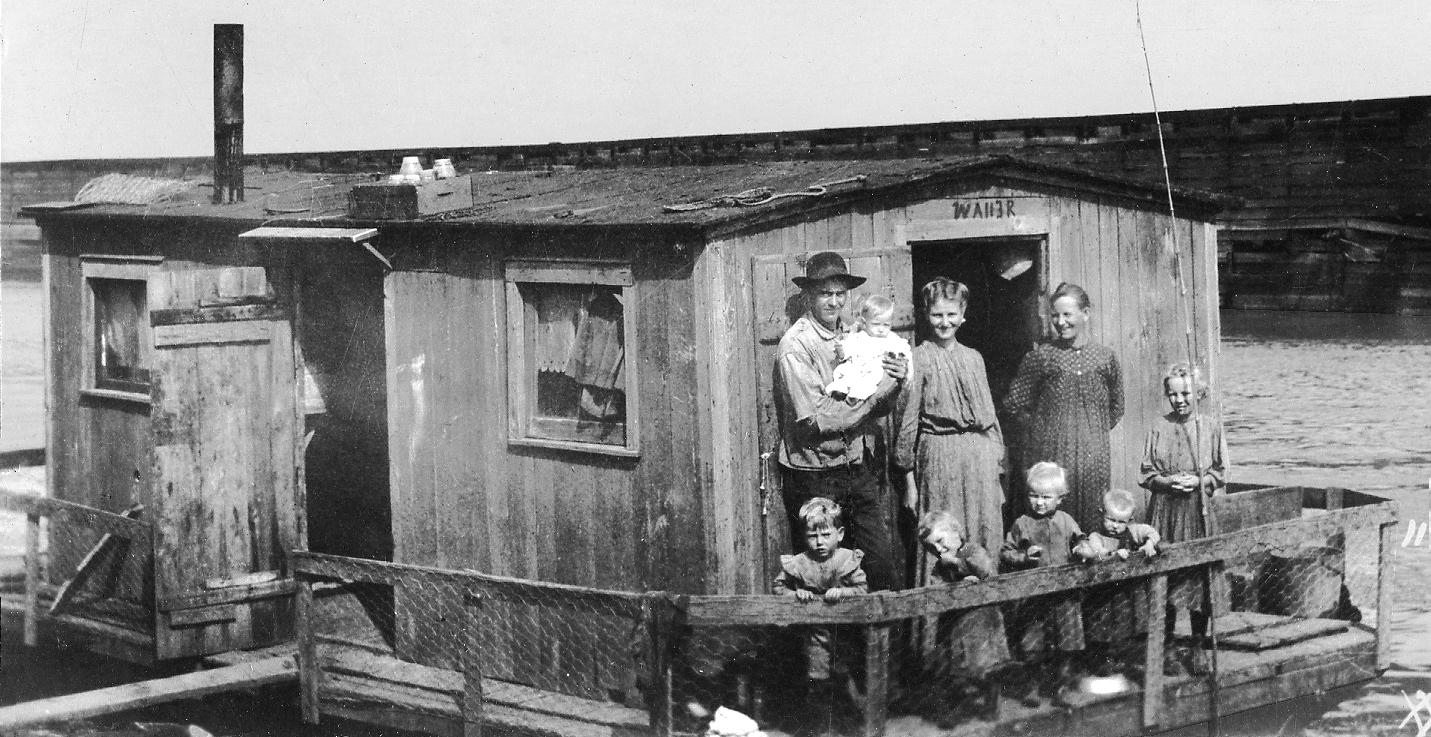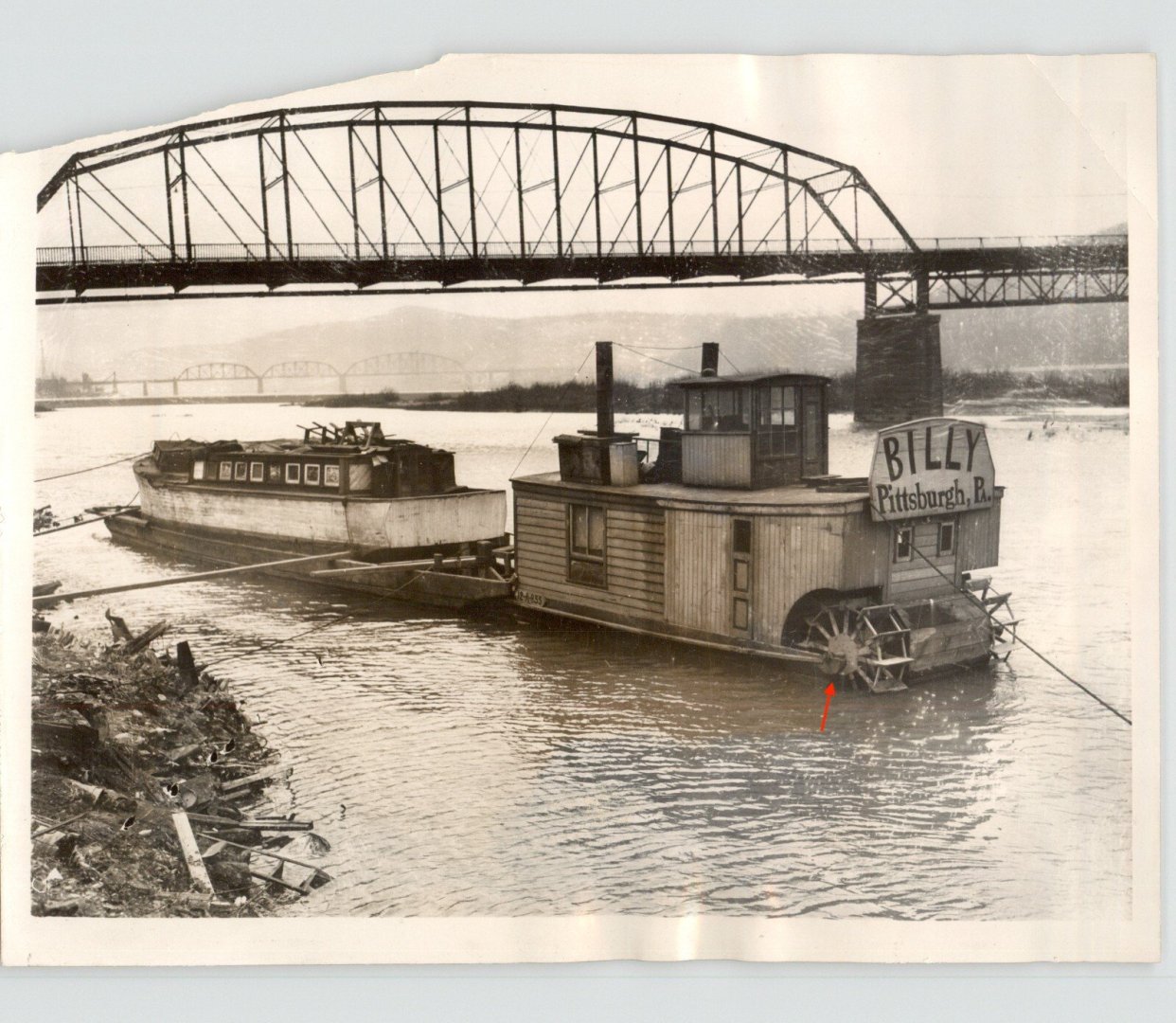-
Posts
6,511 -
Joined
-
Last visited
Content Type
Profiles
Forums
Gallery
Events
Everything posted by Keith Black
-
James, nice job and congratulations on getting those clove hitches tied but Bob, @Knocklouder has you beat by miles when it comes to tying clove hitches and he loves every minute of it. He's never happier than when it comes to tying clove hitches.
- 75 replies
-
*see Keith put the rice back in the cupboard
- 133 replies
-
- ancre
- Bateau de Lanveoc
-
(and 2 more)
Tagged with:
-
Congratulations on your up coming marriage, Jacques. May you and your fiancee have years filled with love and a home filled with many beautiful models.
- 133 replies
-
- ancre
- Bateau de Lanveoc
-
(and 2 more)
Tagged with:
-
John, it's only complication is trying to add all the components required in a 1.8 x 3.5 inch space. Thank you, James. For me, research is the necessary bane of scratch building subjects never modeled before. I'd much rather just start building a thing with an eye to the finish. Thank you, Paul. A man, wife, mother- in-law, and six kids living in a 14 x 19 foot space, looking happy and in seemingly in good health. What every happened to a simple existence and the happiness derived from it? I'm about to order a copy once I finish complete this post. Thank you for the tip, Eric. You know what I mean. Thank you, Eric. There's no plank bending or rigging on Billy with the exception of the wheels and arches, it's all straight lines. That's why these workboats are perfect subjects for a hack like myself.
-
Bob, the Peg is turning into a very special model, a delight to see and a neat journey to boot. But you're not finished, correct? Don't you still need to rig the yards?
- 247 replies
-
- Victory Models
- Pegasus
-
(and 2 more)
Tagged with:
-
Thank you to everyone for the likes and support. And a very special thank you for all the comments. I know words aren't necessarily as exciting as sawdust but your comments helped me immensely. If I'm unsure about a thing when I go to build it I usually make a dog's lunch of it. Being confident that the center stairway was the correct approach (which I wouldn't have been if not for the discussion on the subject) gave me the freedom to put my heart into making the hull. Speaking of the hull, it's done and ready for me to start the deck structures. Size perspective. The raised portions represent the floor joist band boards. Thank you so much for your willingness to share in the journey. Keith
-
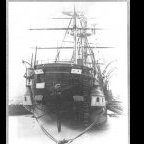
My introduction on Model Ship World
Keith Black replied to ANDY GRAY's topic in New member Introductions
Andy, welcome to MSW. Good looking Endeavour, glad to have you aboard. -
Yes it is, John. I lean towards the engine being a salvaged marine or automotive gas engine. You have to remember Engel built Billy for $1,000.00. There wasn't a lot in the budget for the engine. According to Google a new marine diesel would have cost about $700.00 in 1938. Even if Engel had managed to but a second hand diesel engine the cost would have been pretty significant and would have meant buying one less chicken coop. I would think he could have purchased a used marine or automotive engine much much cheaper. True enough, there could have a vent on rear starboard side. I thought the window at the top of that goofy looking door was a glazed transom window. I'm also going to model the door's transom window unglazed for venting.
-
Not being a Hydro Engineer in this or former life I've not a clue if Engel's design provided an increase in efficiency, hence the question. I do know this, building arches like those on Billy takes considerable more time, material, and skill than building a simple flat wall. But then it could have been nothing more than Engel thought it looked cool? Another item we've yet to address is fuel storage. Fuel storage had to have been located inside but how were they filled? I see nothing in the photo to suggest access to a tank/tanks, not even a vent pipe. Of course, we're only provided a port side view. If the area in which fuel storage was located wasn't properly vented Billy would have been a floating bomb unless those two small windows on the stern wall weren't glazed and they acted as vents? Because we don't see vents I'm going to model those two stern wall windows unglazed representing venting.
-
I'm measuring and laying out where everything goes on the hull and I'm laying out the wheels and this thought hits me........ On a normal sternwheeler setup water leaves the buckets and is tossed into the air and against the splashboard. The force of that tossed water represents energy, correct? Billy's wheels are 7 feet in diameter and 3 feet wide, very small wheels. The way Engel had Billy's wheels setup the buckets have less than a foot clearance as they spin inside the curved housings on either side of the engine. Did Engel, by chance or design, capture that wasted energy with the wheels acting like an impeller inside a water pump? Is the water coming off the Billy's buckets being channeled enough to provide any additional power/movement forward? Engle did not have to design the stern as he did even with the engine being between the wheels. He could have employed a more conventional design. There had to have been a reason he chose this design.
-
I'm continuing work on the hull. As I studied Billy's image the arrow points to an item I kept thinking looked familiar but I couldn't place it till this morning when I had one of those aha moments. It appears to be a tractor's rear axle gear oil pan. It makes sense that Engel would rig up something like that because he wouldn't have had access to oiling the outside shaft bearings. The inside shaft bearings were reachable from the engine compartment.
-
Your Albatros is looking awesome, James. Wonderful ratlines. They would look more complete if you could get up to the bottom of the cheeks but go as high as you feel comfortable with and don't worry about it.
- 75 replies
About us
Modelshipworld - Advancing Ship Modeling through Research
SSL Secured
Your security is important for us so this Website is SSL-Secured
NRG Mailing Address
Nautical Research Guild
237 South Lincoln Street
Westmont IL, 60559-1917
Model Ship World ® and the MSW logo are Registered Trademarks, and belong to the Nautical Research Guild (United States Patent and Trademark Office: No. 6,929,264 & No. 6,929,274, registered Dec. 20, 2022)
Helpful Links
About the NRG
If you enjoy building ship models that are historically accurate as well as beautiful, then The Nautical Research Guild (NRG) is just right for you.
The Guild is a non-profit educational organization whose mission is to “Advance Ship Modeling Through Research”. We provide support to our members in their efforts to raise the quality of their model ships.
The Nautical Research Guild has published our world-renowned quarterly magazine, The Nautical Research Journal, since 1955. The pages of the Journal are full of articles by accomplished ship modelers who show you how they create those exquisite details on their models, and by maritime historians who show you the correct details to build. The Journal is available in both print and digital editions. Go to the NRG web site (www.thenrg.org) to download a complimentary digital copy of the Journal. The NRG also publishes plan sets, books and compilations of back issues of the Journal and the former Ships in Scale and Model Ship Builder magazines.

